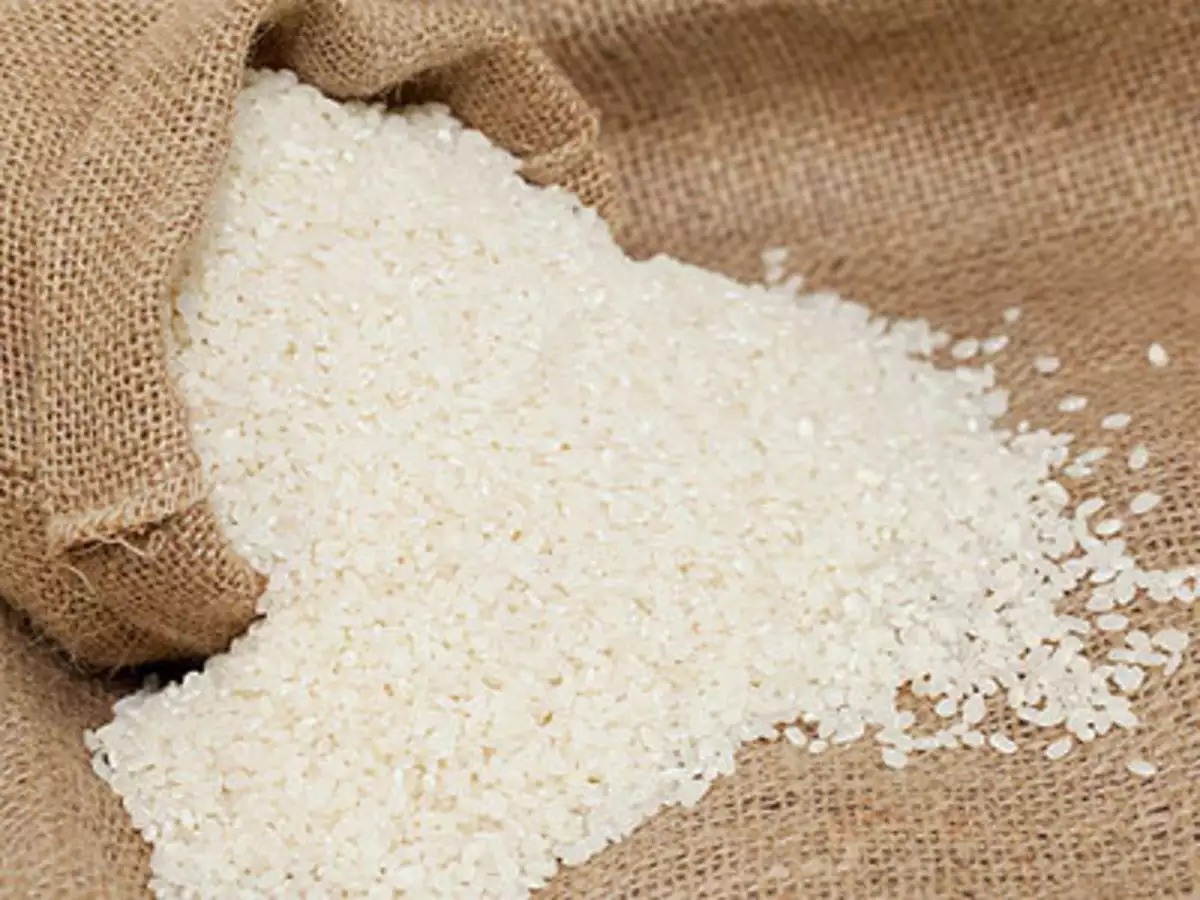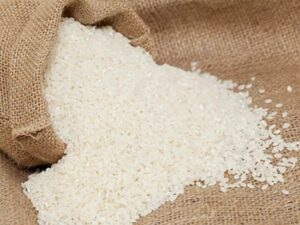Whether they are steamed, boiled, or fried, nearly all Indian cuisines have rice as a main ingredient. The world’s second-largest producer of rice is India. Given that India’s population is expected to grow by more than 400 million people over the next 35 years, there will be a considerable increase in the need for rice. India’s population consumes 90% of the rice that is farmed there. In order to improve output and guarantee that this ingredient would be available for many years to come, India has started a number of rice development programmes in an effort to satisfy domestic demand. Rice Bowl Of India.
Depending on the type of region, there are several ways to grow rice. However, India continues to harvest rice inefficiently. Prior to applying fertiliser, which is typically made of cow dung, the fields are first tilled. After that, the land is levelled off. The seeds are developed after being physically moved and given enough water to irrigate them. Silts, loams, and gravels are just a few of the different types of soil in which rice can thrive. Both acidic and alkaline soils can be used with it.
The “rice bowl” of the country is the Krishna Godavari Basin. Because of its enormous rice production, the Krishna Godavari Basin is referred to by this term in popular culture. This basin’s output greatly boosts Andhra’s overall output level. The Krishna and Godavari rivers combine to form the Krishna Godavari Basin, which is located along the east coast. This is present in the state of Andhra Pradesh. The area has a warm, muggy climate. The typical temperature ranges for these seasons are 25 to 30 oC for winter and 35 to 49 oC for summer. There are coastal lowlands, delta plains, and upland plains in the Krishna Godavari Basin. This area has extremely fertile soil. The high production of rice in this area is the result of the interaction of all of these factors. Which State Is Known As The Rice Bowl Of India?
This crop is well recognised for being farmed in several Indian states, including West Bengal, Bihar, eastern Uttar Pradesh, eastern Madhya Pradesh, northern Andhra Pradesh, and Odisha. Another site is the area of the Terai, which the Himalayas encompass. All the major deltas are located in the magnificent coastal strips to the west and east. In India, where there is always a growing season, farmers are able to raise two harvests per year, and in some places, even three. This is made possible by a sophisticated system of canal irrigation networks, which also includes the Ganges-Brahmaputra River delta in West Bengal, the deltas of the Kaveri, Krishna, Godavari, Indravati, and Mahanadi rivers, the Hirakud and Indravati dams, and other structures. Ice Bowl Of South India.
Also search:
Table of Contents
Togglerice bowl of india
which state is known as the rice bowl of india
the rice bowl of india
ice bowl of south india
which state is known as rice bowl of india
Thanks to irrigation, it is now possible to grow even three crops throughout the year. Rice can now be cultivated anywhere, even Punjab and Haryana, two well-known hot and dry regions, thanks to irrigation. They even sell their excess to other countries. Punjab and Haryana produce premium rice for export. Thanks to their centuries-old hill irrigation systems, rice may be successfully farmed in the hilly terraced fields from Kashmir to Assam. High-yielding plants, improved planting techniques, growing fertiliser, the use of growing fertiliser, the assurance of a water supply for irrigation, and high-yielding plants have all contributed to favourable and speedy results. The yields per hectare are often lower in the rain-fed region.
Also Read About: 4 reasons you need a liquid fertilizer spray tank for your fields











